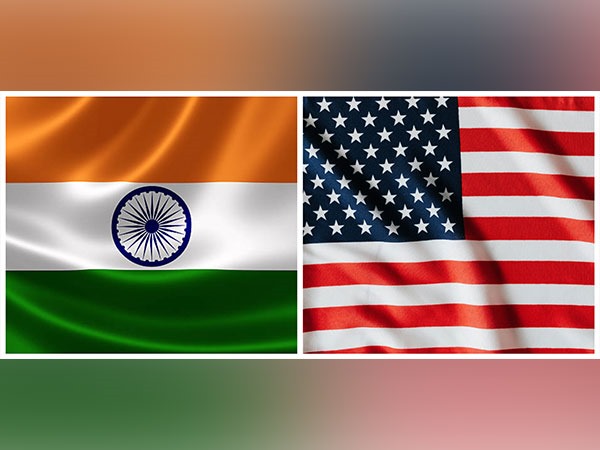New Delhi [India], August 13 (ANI): The cumulative 50 per cent tariffs imposed by US President Donald Trump on Indian goods will come into effect a fortnight from now, unless there is a breakthrough in terms of a trade deal between the two countries.
In addition to a 50 per cent flat tariff on Indian goods, additional most-favoured nation (MFN) duties will also apply to some merchandise goods.
For instance, apparel (knitted) will attract a 13.9 per cent additional MFN tariff on top of 50 per cent tariffs. Apparel (woven) will attract a total 60.3 per cent tariffs, including the 10.3 per cent MFN tariffs.
The exports of apparel, knitted and woven combined to the US were to the tune of about USD 5.5 billion in 2024-25, according to an analysis by Global Trade Research Initiative (GTRI).
GTRI analysis noted that other Indian merchandise goods that will attract tariffs in excess of 50 per cent are diamonds, gold, related products; machinery, mechanical appliances; steel, aluminium, copper; textiles; organic chemicals; carpets; furniture, bedding, mattresses. The effective tariffs on these goods will range between 51-59 per cent.
Smartphones, pharmaceuticals, and petroleum products will have tariff exemptions. Petroleum products’ exports will, however, attract 6.9 per cent MFN tariffs.
Over the past few months, India and the US have been negotiating for an interim trade deal, but there are reservations from the Indian side on the US demand for opening up the agricultural and dairy sectors. Agriculture and dairy are critical for India as these two sectors provide livelihood opportunities to a large section of people.
Initially, President Trump announced 25 per cent tariffs on Indian goods plus an unspecified penalty, even as there were hopes of an interim India-US trade deal that would have otherwise helped avoid elevated tariffs. A few days later, he imposed another 25 per cent tariff, taking the total to 50 per cent, over India’s imports of Russian oil.
India and the US initiated talks for a just, balanced, and mutually beneficial Bilateral Trade Agreement (BTA) in March this year, aiming to complete the first stage of the Agreement by October-November 2025.
On April 2, 2025, President Trump signed an executive order for reciprocal tariffs on various trade partners, imposing varied tariffs in the range of 10-50 per cent.
He subsequently kept the tariffs in abeyance for 90 days, while imposing a 10 per cent baseline tariff. The deadline was to end on July 9, and the US administration later pushed it to August 1.
During the ongoing Monsoon session of Parliament, Commerce and Industry Minister Piyush Goyal made a statement in both Houses, affirming that the government is examining the impact of tariffs and will take all necessary steps to safeguard the national interest. (ANI)
Disclaimer: This story is auto-generated from a syndicated feed of ANI; only the image & headline may have been reworked by News Services Division of World News Network Inc Ltd and Palghar News and Pune News and World News
HINDI, MARATHI, GUJARATI, TAMIL, TELUGU, BENGALI, KANNADA, ORIYA, PUNJABI, URDU, MALAYALAM
For more details and packages

















